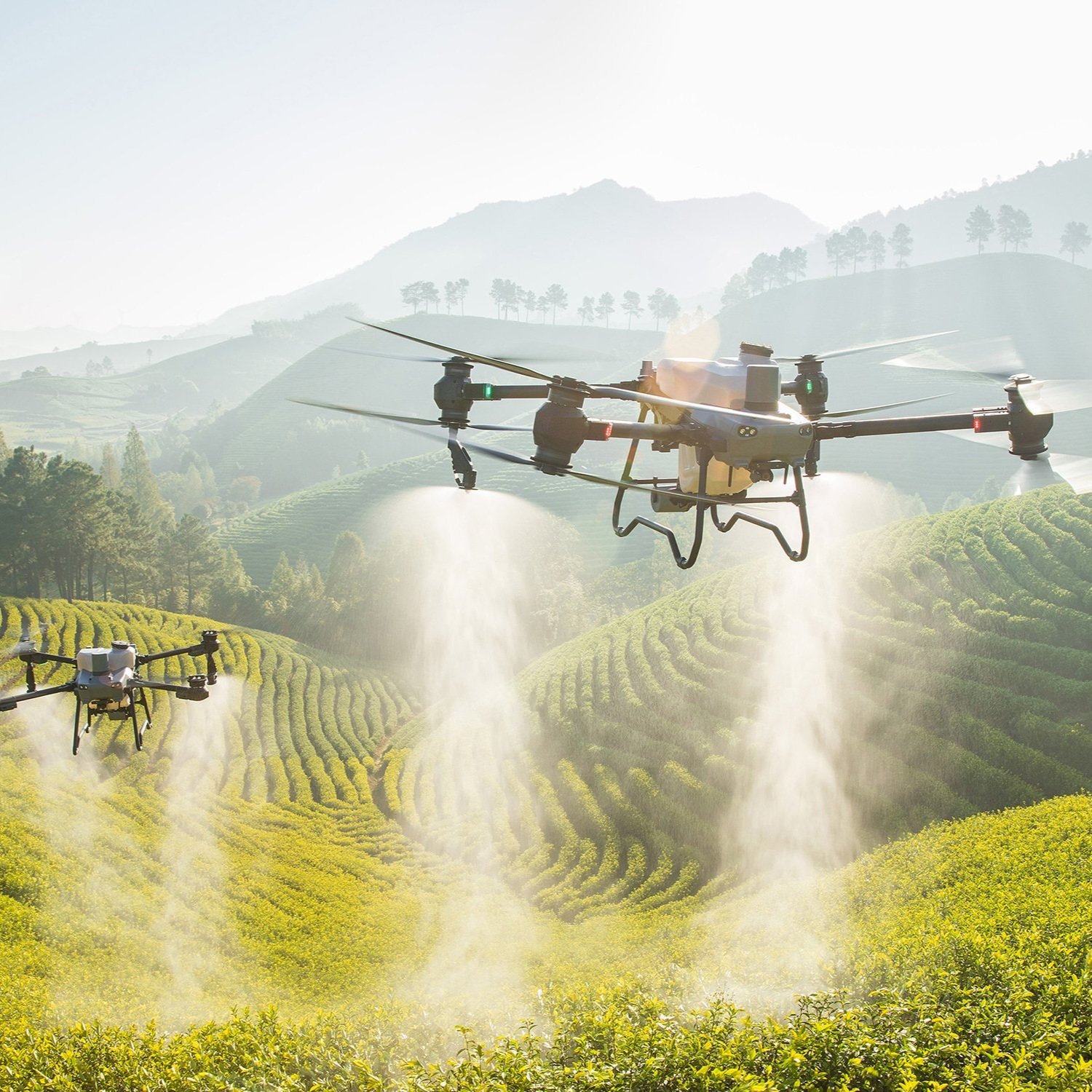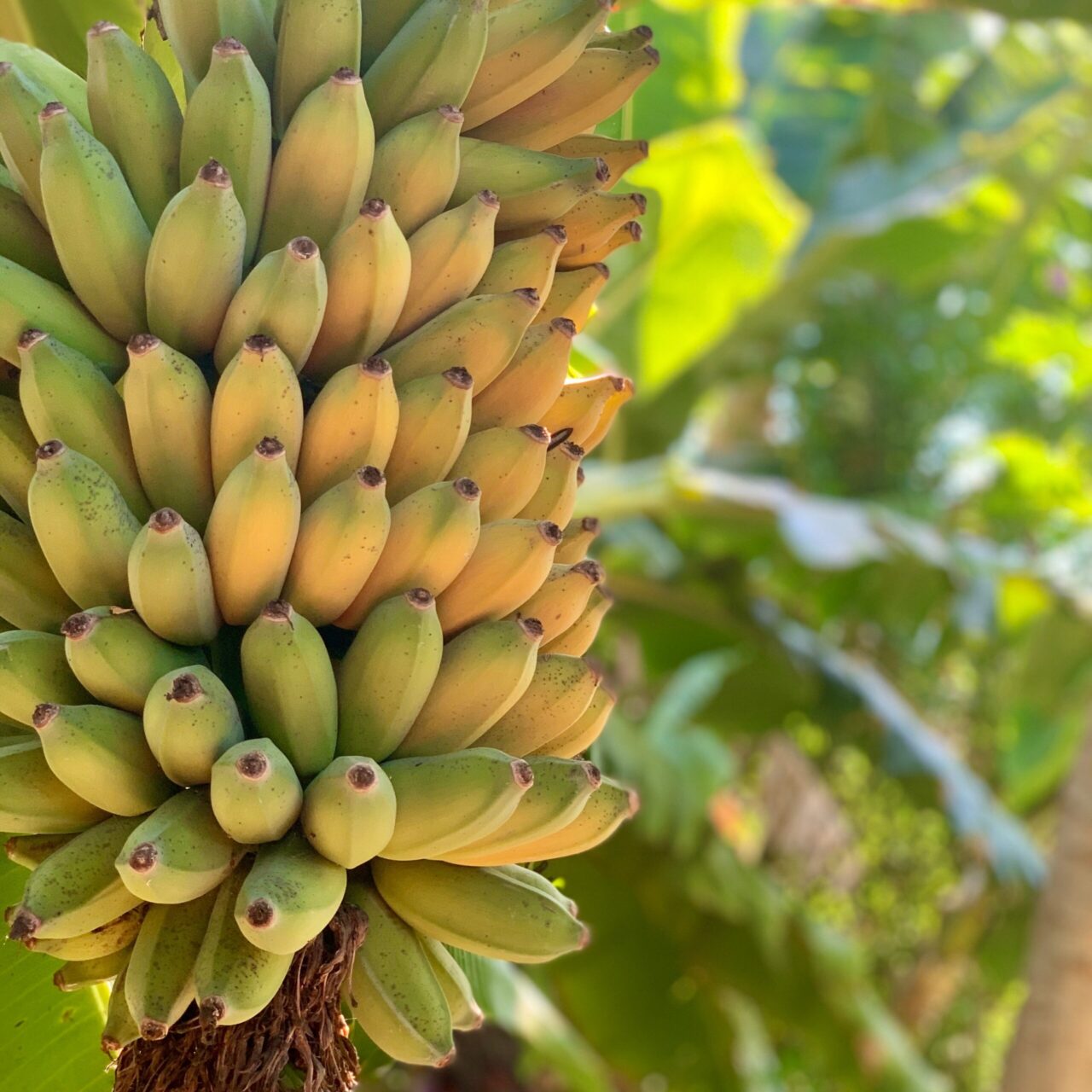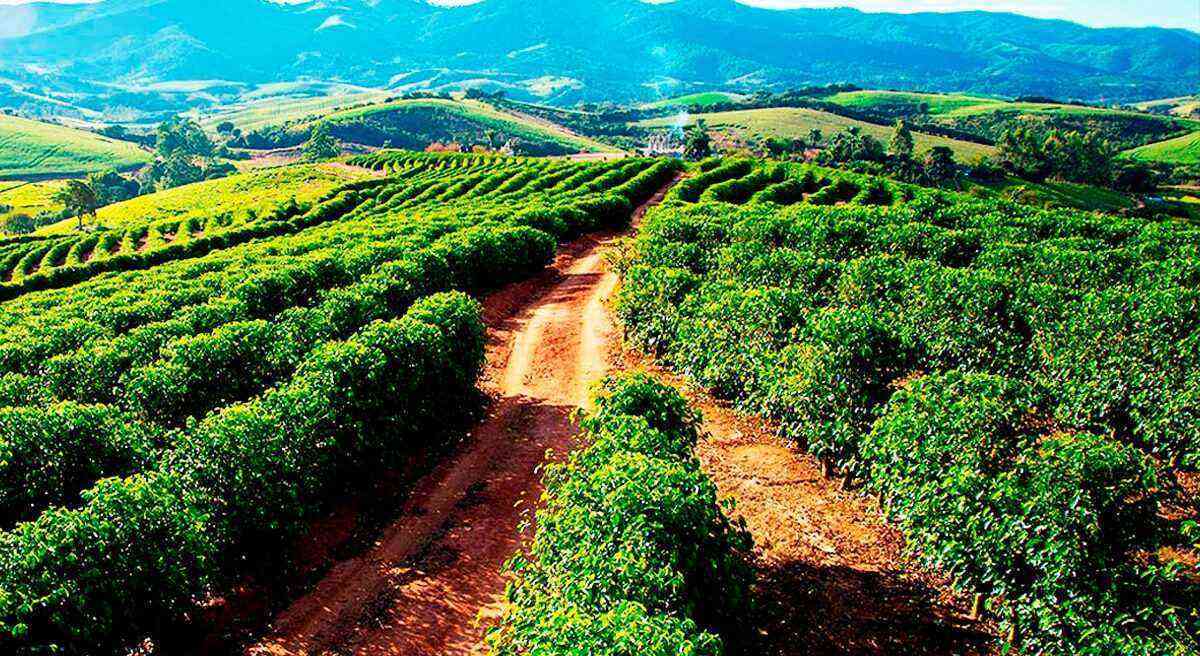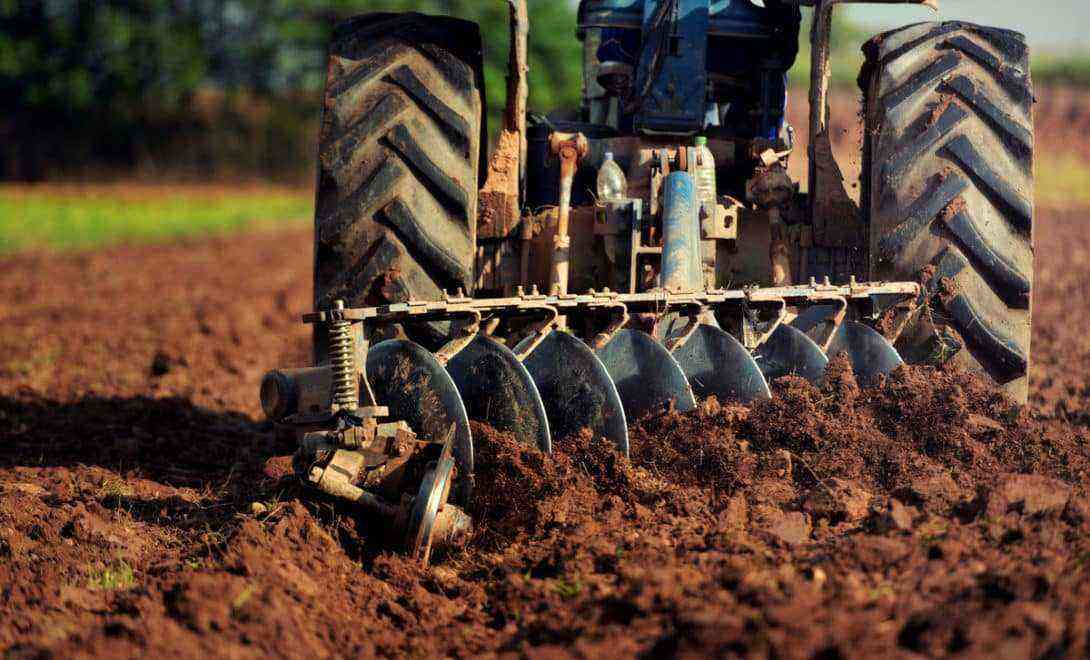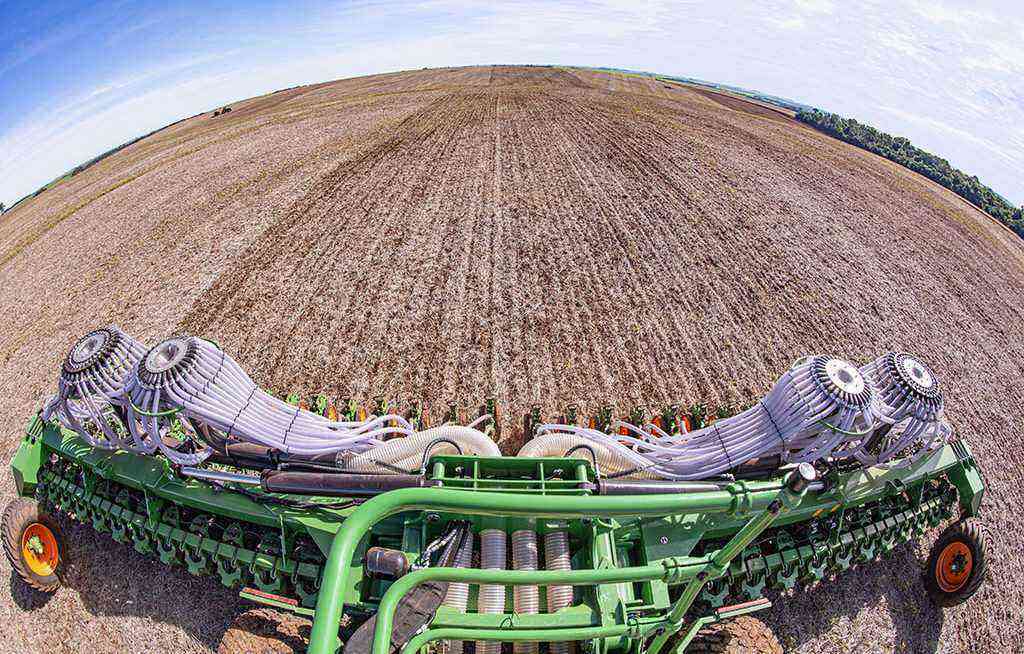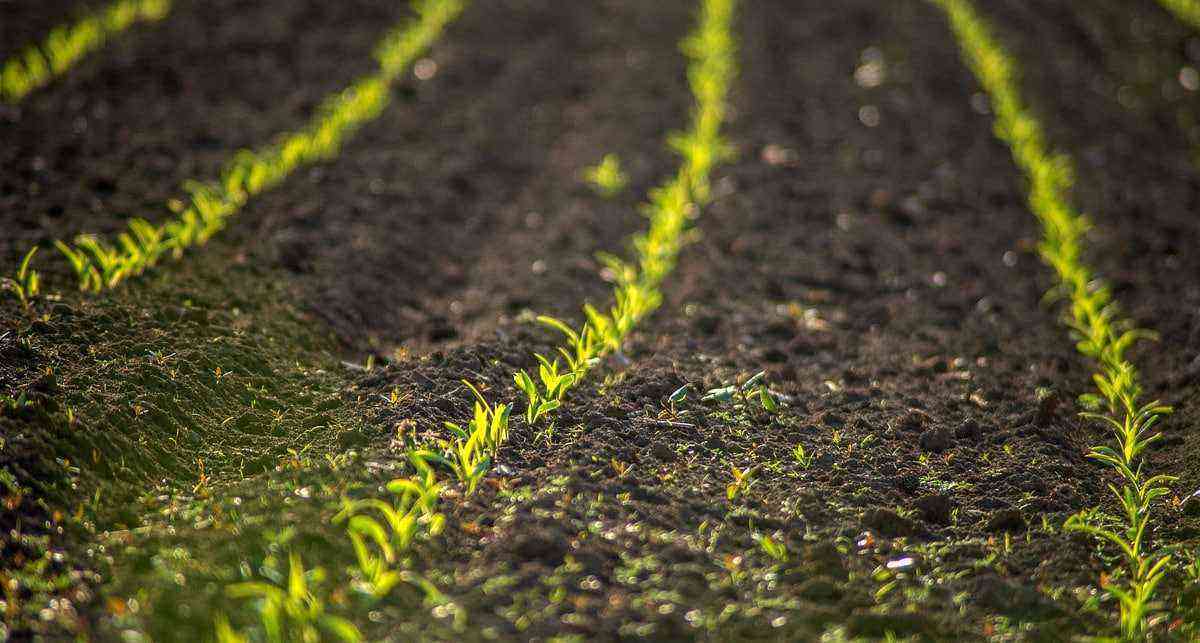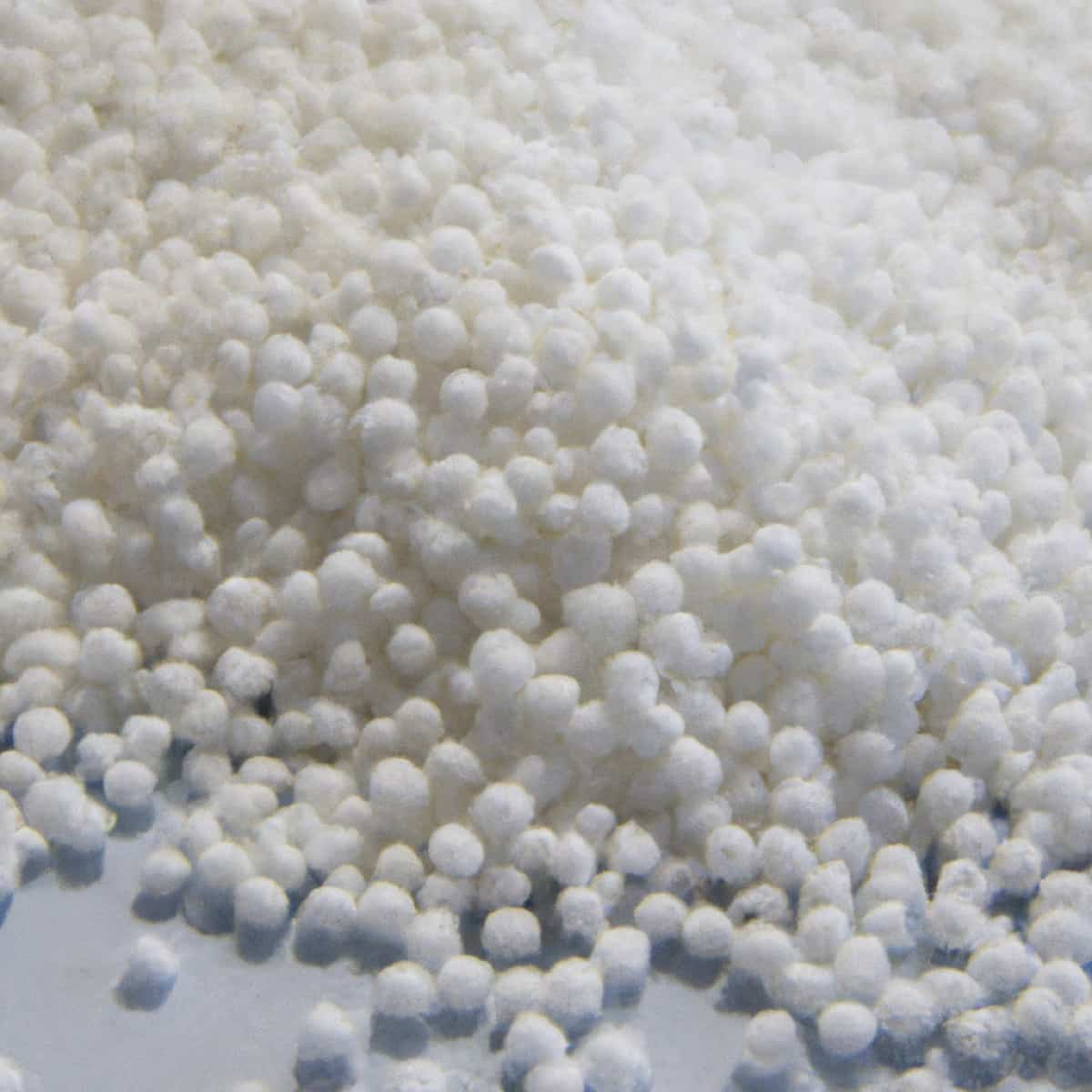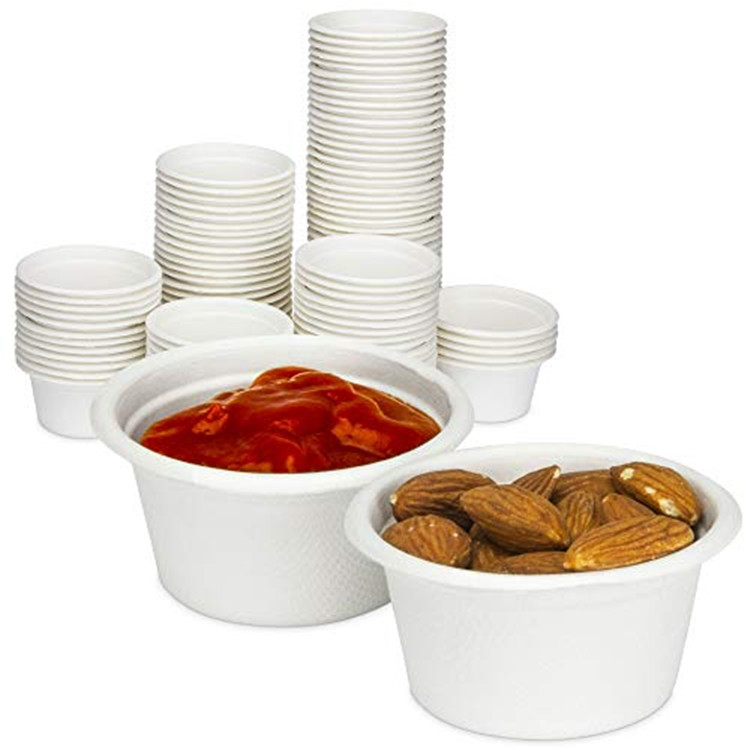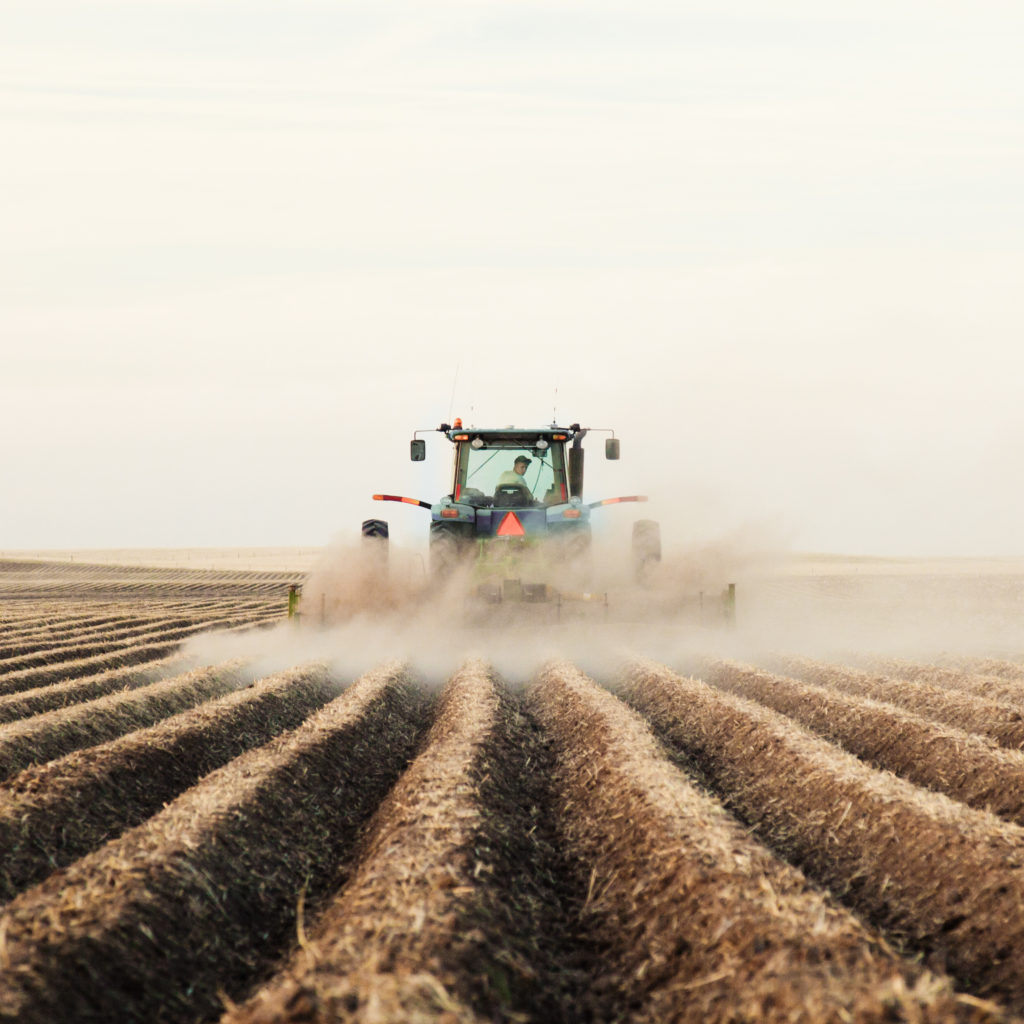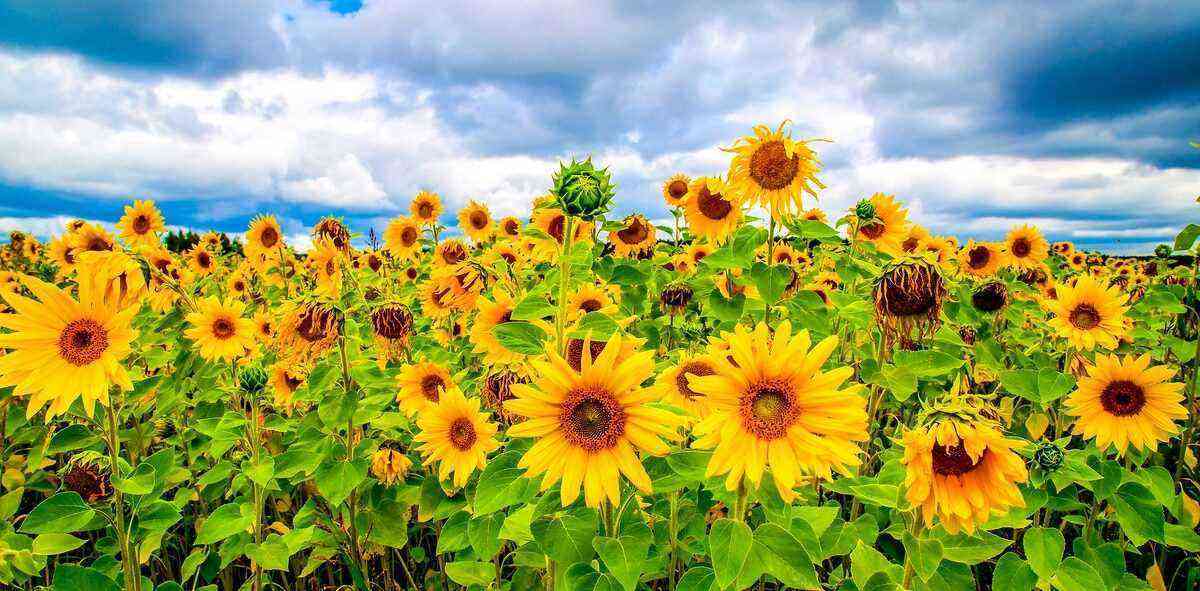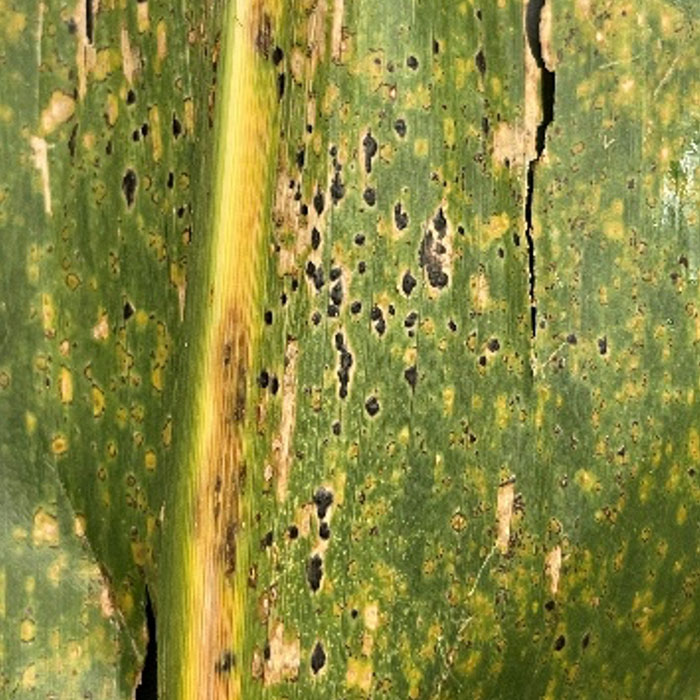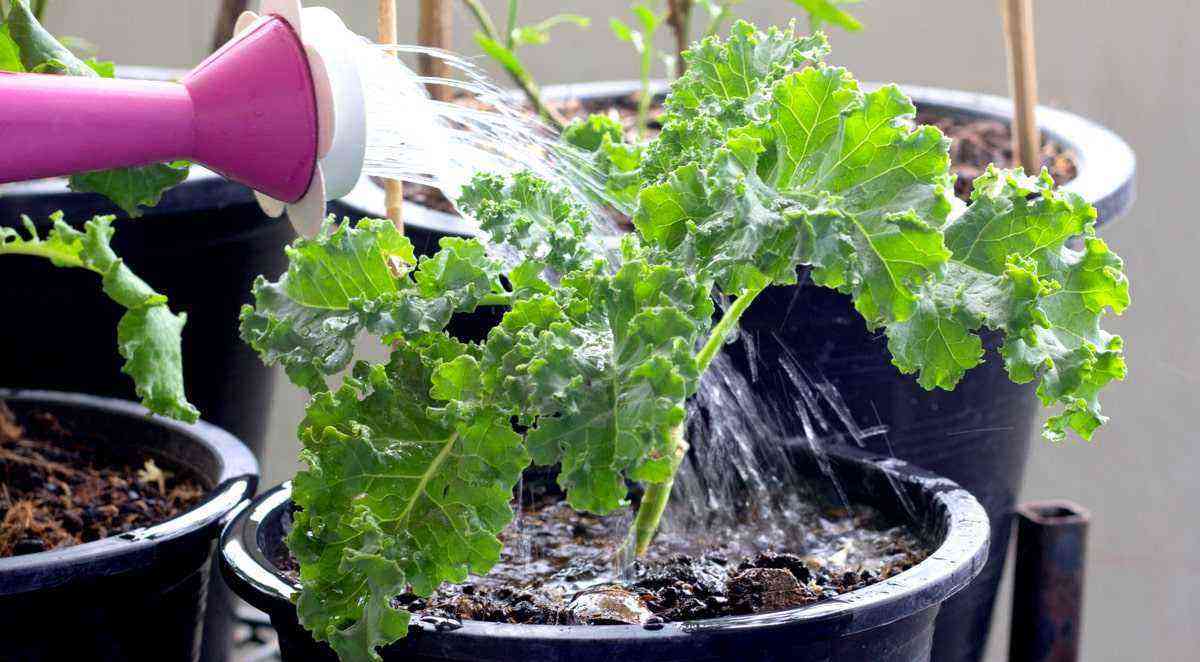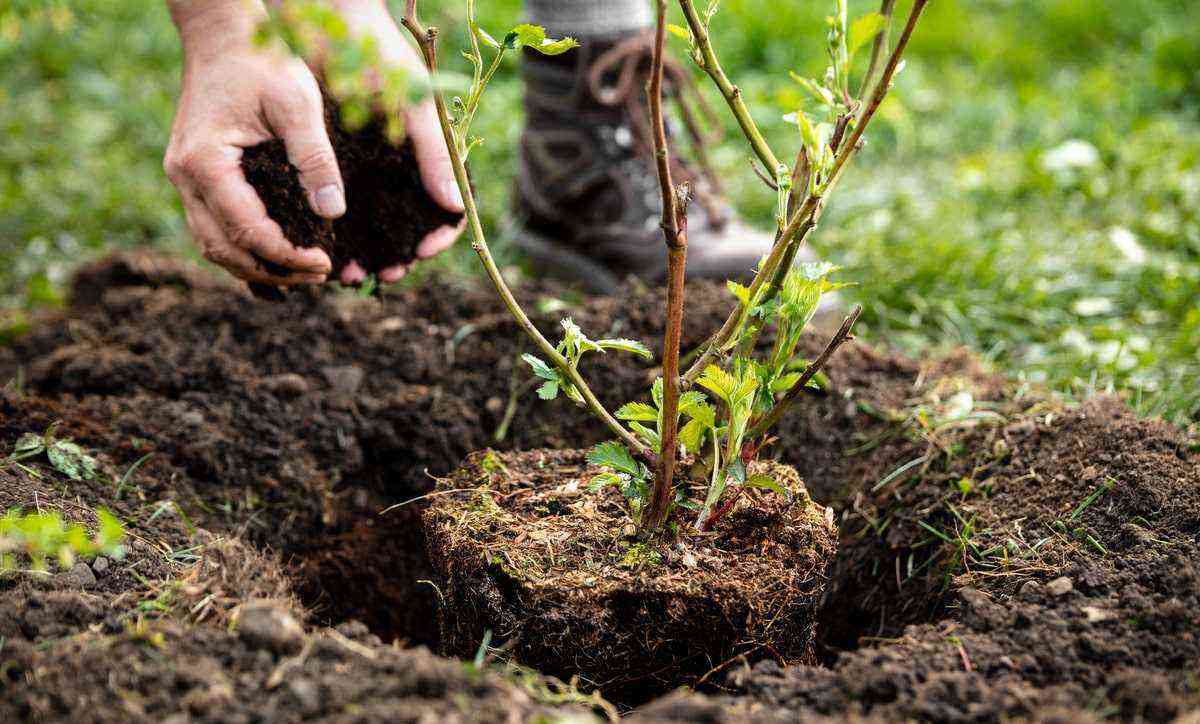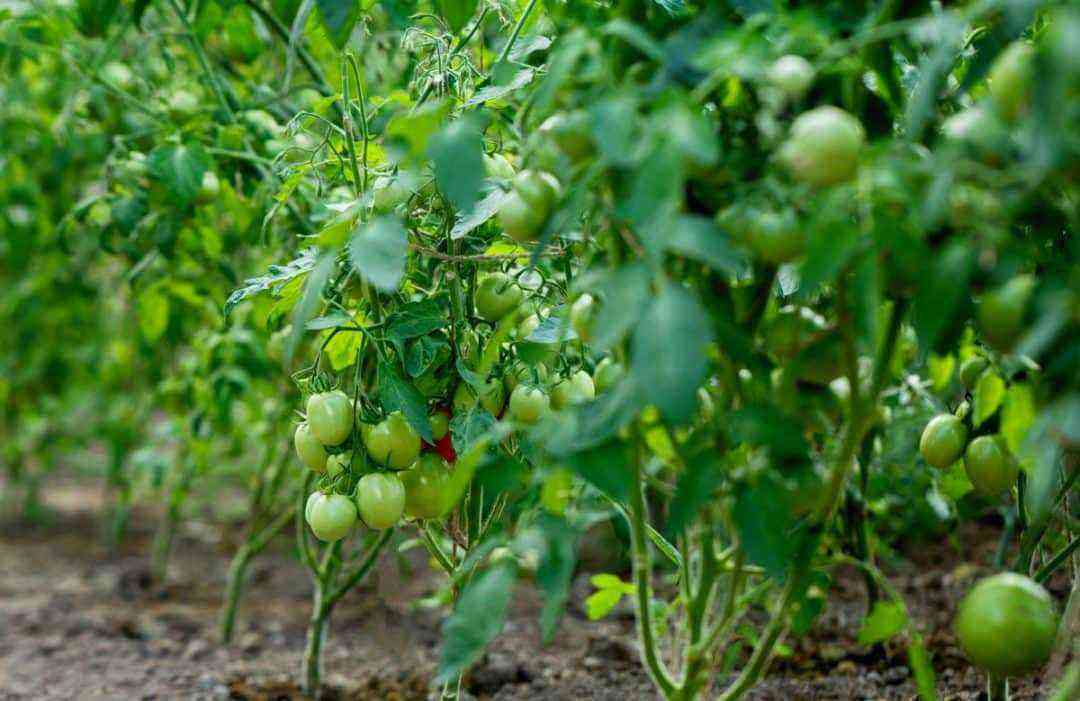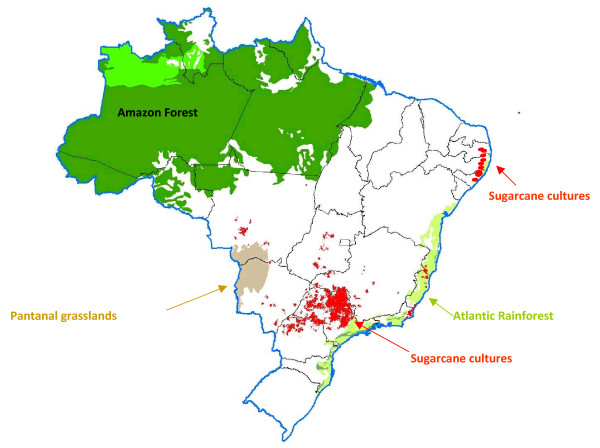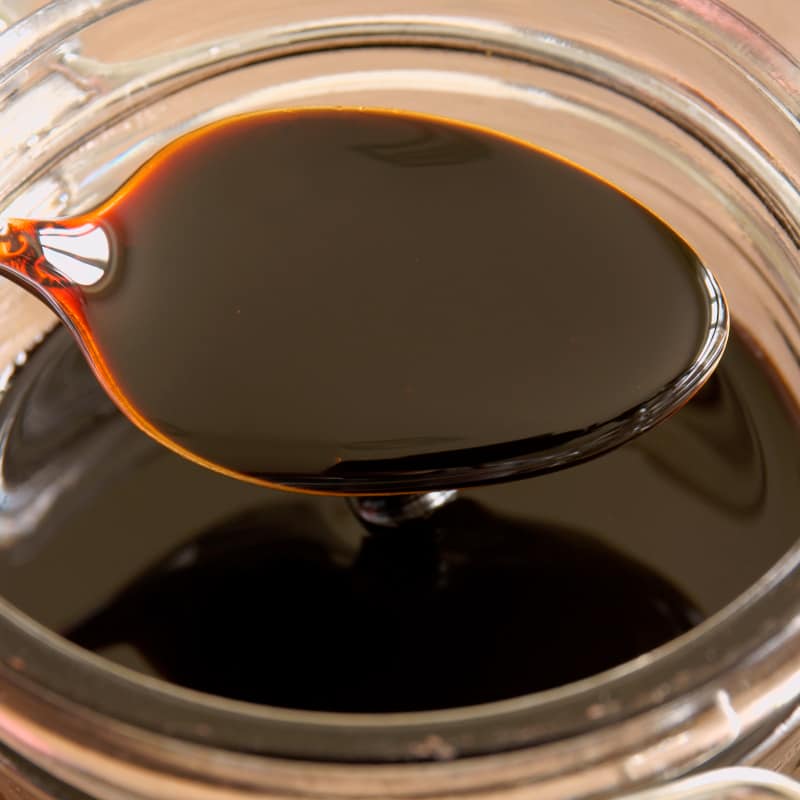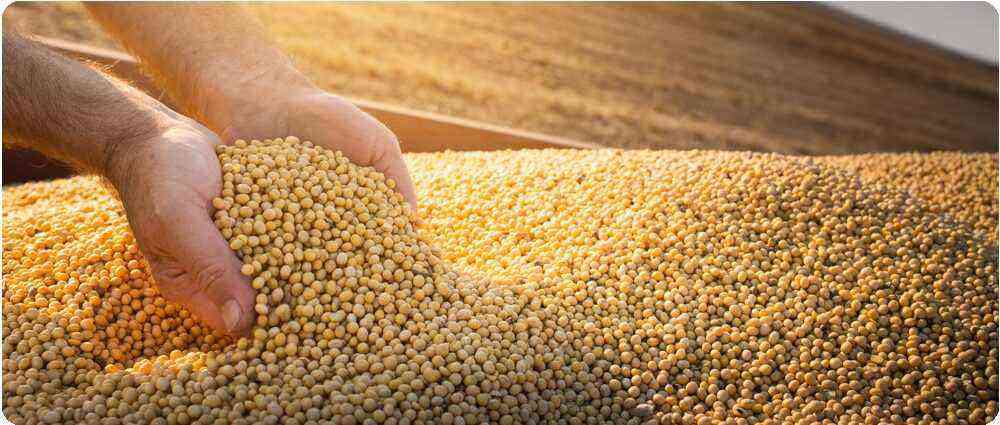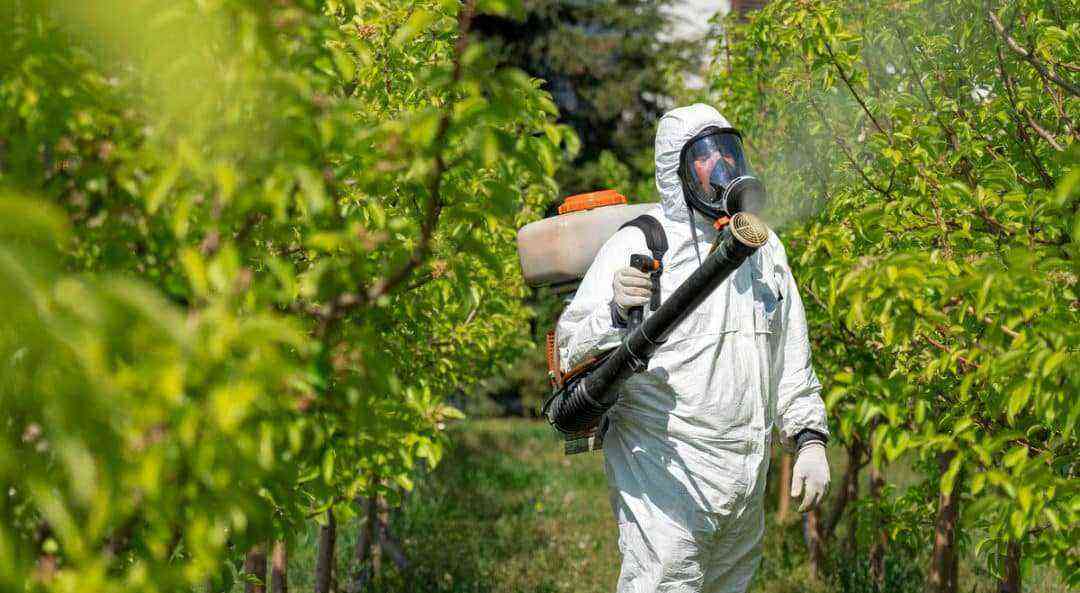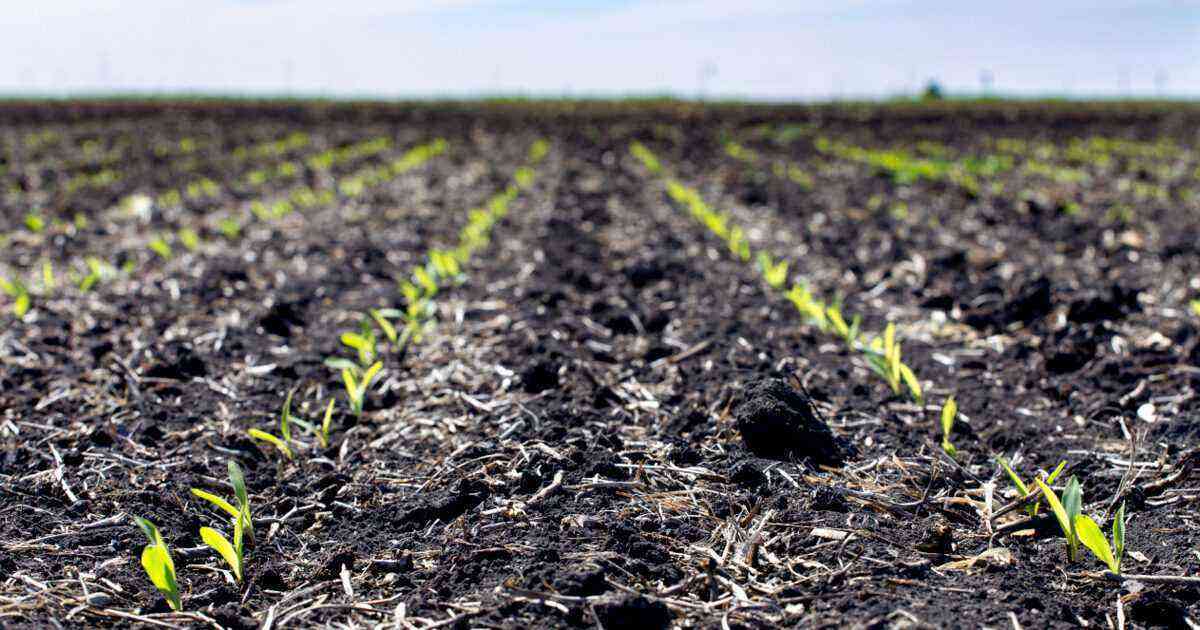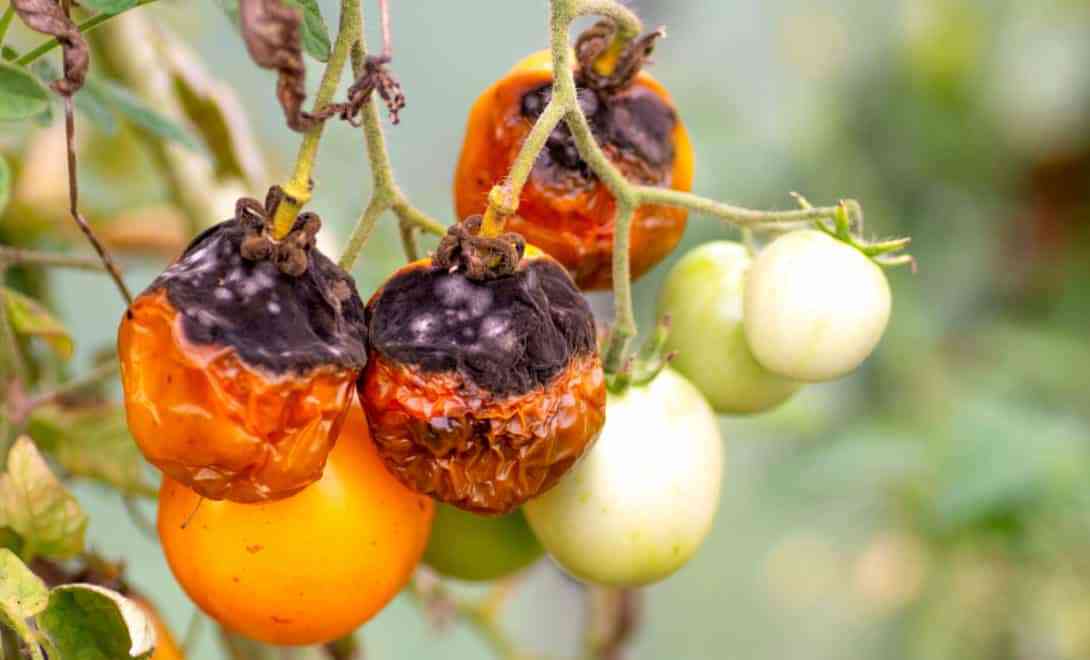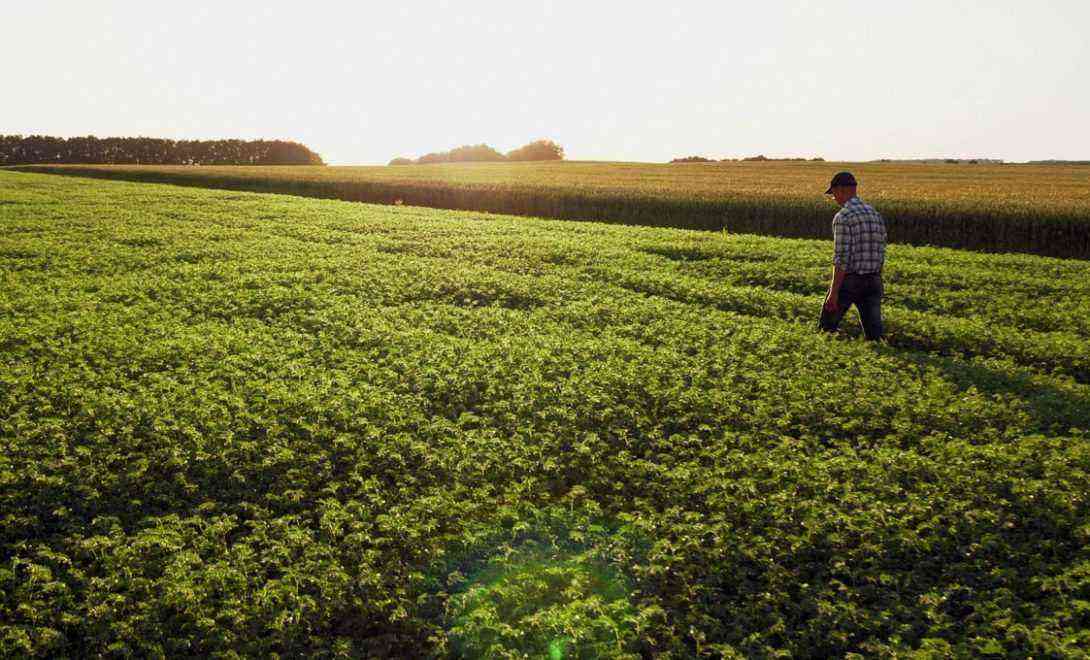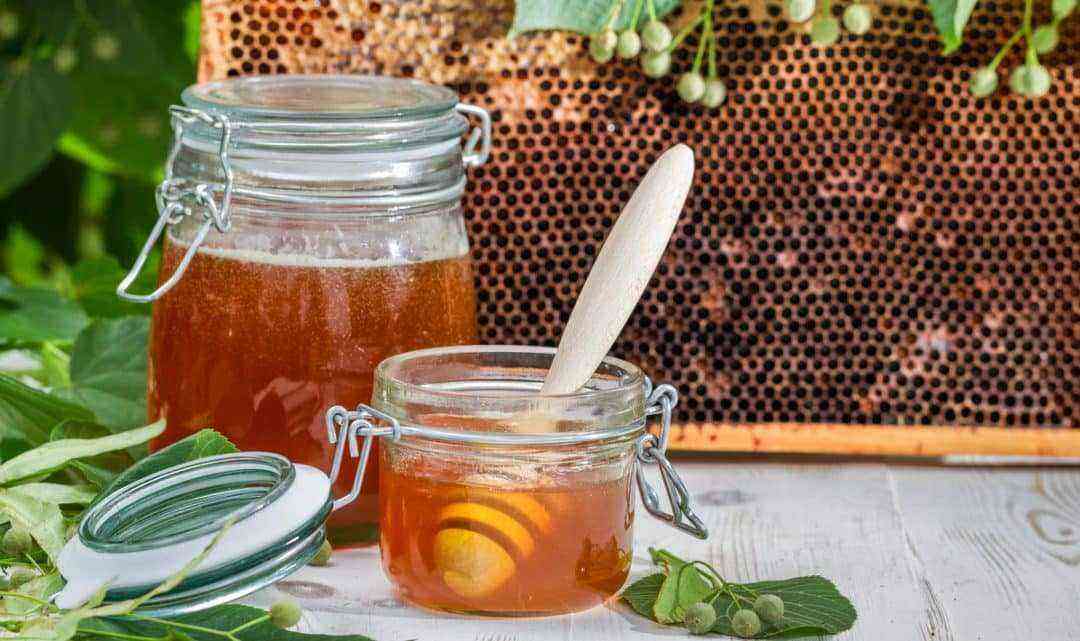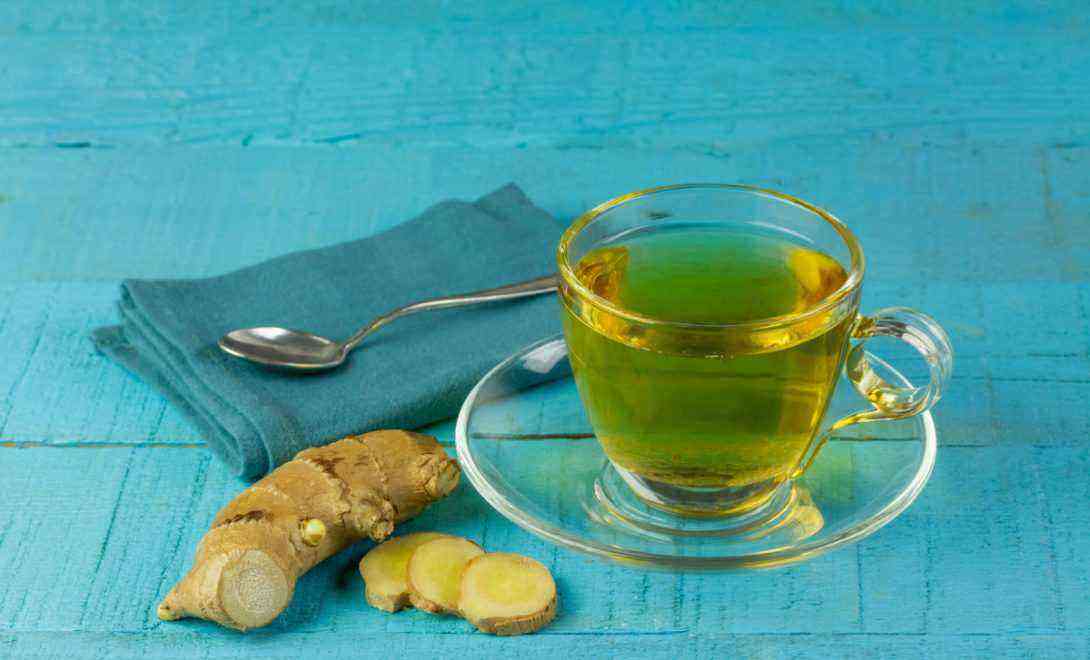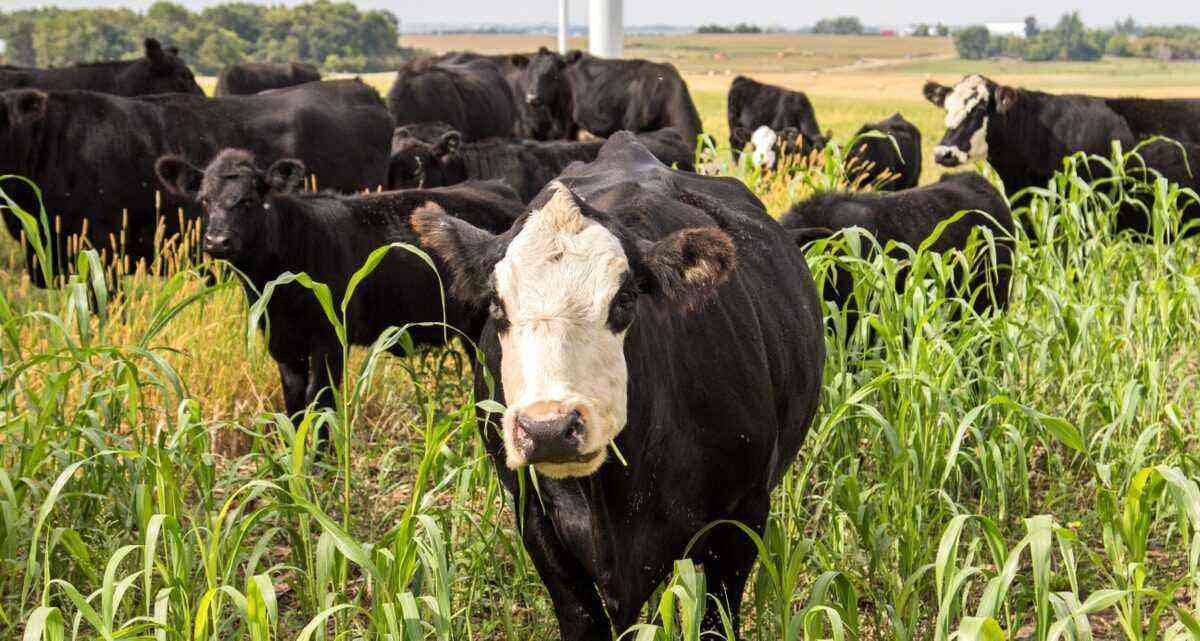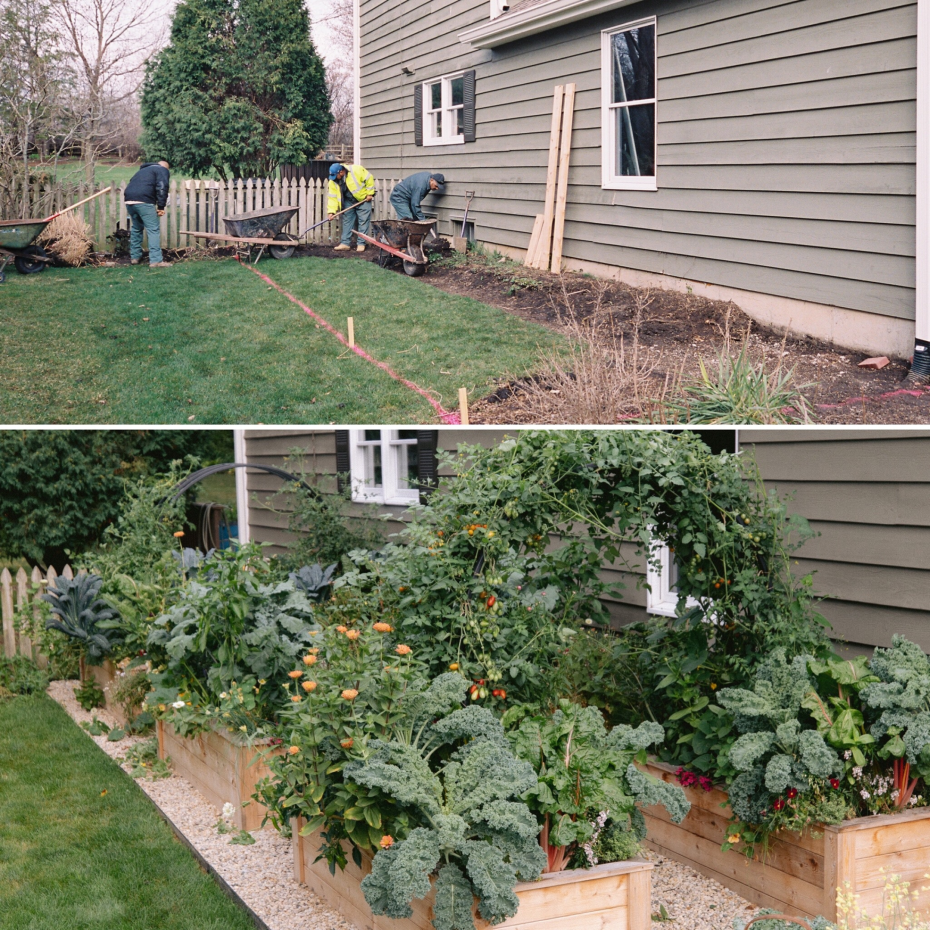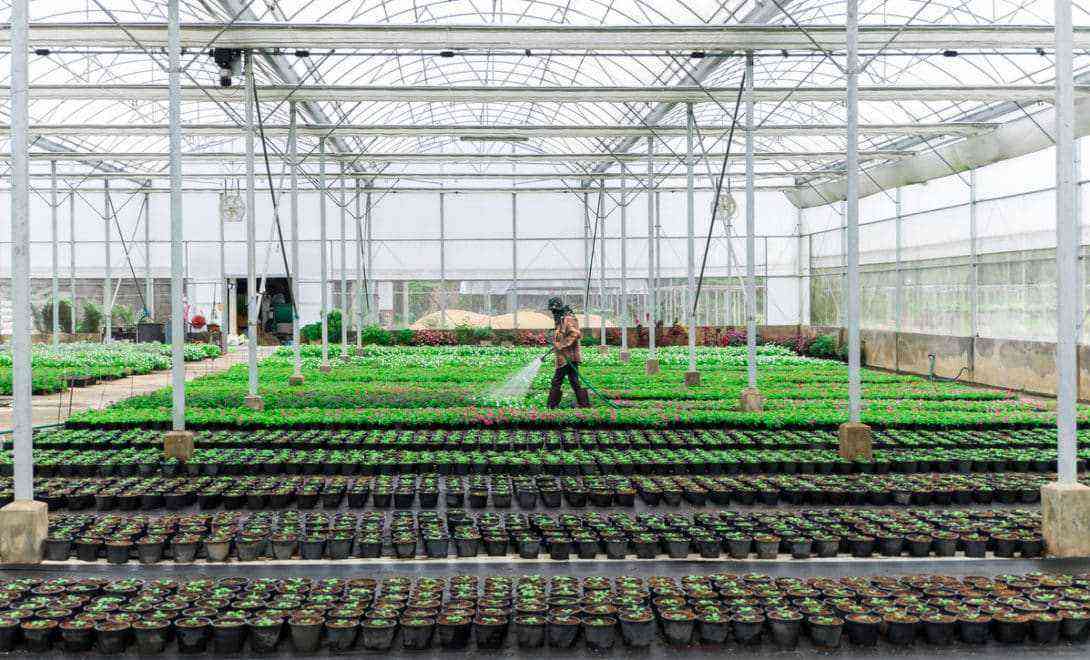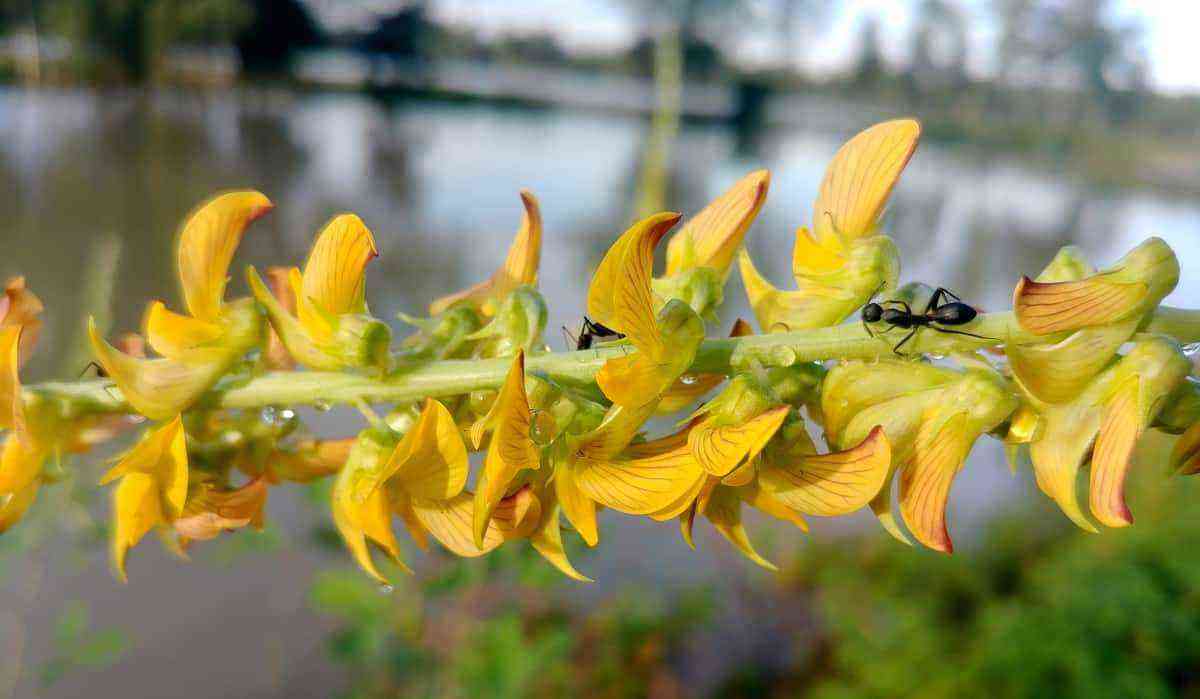The year is approaching the end and with that, a fruit widely used in Christmas table decoration begins to appear in the hortifrutis: the lychee. But know that it is not just for decorative purposes that it serves: in addition to being very tasty, it also brings several health benefits.
In this article, we will introduce this exotic fruit, teach you how to plant it and list the benefits it provides. Good reading!
Origin and botany of the species
Lychee (litchi chinensis) is a species native to southern China, belonging to the Sapindaceae family. It has three subspecies: Chinensis, which is more consumed, Philippinensis, which produces inedible fruits, and Javanensis, which produces smaller and more acidic fruits.
It is an arboreal plant, which reaches up to 12 meters in height, but when grafted, it reaches a maximum of 5 meters. It grows slowly, its crown is dense and rounded, and it may have ramifications close to the ground. It adapts better to subtropical climates, and in latitudes between 15º and 35º.
Its fruits, technically called “drupe”, are round, have a thin and wrinkled skin, which varies from pink to red. The pulp is white and translucent, and has a single seed, brown and shiny. Its flavor is smooth, sweet and slightly acidic, and the texture is similar to grape.
 Lychee fruits are 2 to 3,5 cm in diameter and are presented in bunches.
Lychee fruits are 2 to 3,5 cm in diameter and are presented in bunches.
Lychee leaves change color as they age, being reddish when young, passing through yellow, light green and when mature, dark green.
In addition, the inflorescence is in the form of a panicle, formed by small white, yellow or green flowers. Flowering occurs between June and July and harvest between November and January.
The world’s largest producers of lychee are China and India, accounting for more than 90% of production. Vietnam, Madagascar and Thailand follow.
In Brazil, lychee orchards are present mainly in the states of São Paulo, Paraná, Minas Gerais and Espírito Santo.
Varieties
There are hundreds of lychee cultivars, but in Brazil, only two are grown on a larger scale: “Bengal” and “Brewster”.
The first is the most productive and most planted in Brazil. The tree has high vigor, well-structured branches, relatively large fruits, weighing between 23 and 27 g, about 56% pulp, strong red bark and late ripening.
The Brewster cultivar, on the other hand, produces slightly smaller fruits, with approximately 20-22 g, but with 78% pulp. The rind has a lighter red tone, and the fruit maturation is precocious.
Read also: Strawberry benefits you need to know.
How to plant lychee
Lychee is a fruit with high added value and great potential for commercialization both in the domestic market, as it is still unknown to many farmers and consumers, and in the foreign market, as it is highly appreciated internationally.
As stated earlier, lychee grows well in subtropical climates. She doesn’t like frost or strong winds. It needs a cold and dry winter, with temperatures below 20ºC for flowering to occur. In the fruit development phase, it needs high temperature and humidity.

Lychee production gradually increases with the age of the plant. A 7-year-old tree produces around 45 kg of fruit annually, while a 20-year-old plant produces more than 150 kg of lychee per year.
In addition, lychee prefers cultivation in deep, slightly acidic, non-saline soils with organic matter and good drainage. It is demanding in irrigation, mainly during the seedling period and during the growth phase.
Lychee orchard
Prepare the land so that the planting lines are oriented towards greater sun exposure, and prefer land with a low slope, in order to facilitate the movement of machines. Soil preparation can be done conventionally.
Traditionally, the spacing used in lychee orchards is large, about 10m x 10m, totaling 100 trees per hectare. This conformation allows the trees to grow without competition, reaching large size when adults and resulting in high production per plant.
However, in terms of productivity, it leaves something to be desired, as there is a “waste” of area. Therefore, smaller spacings have been tested, ranging from 8m x 6m, 6m x 4m and 7m x 3m.
The best time for planting is in the rainy season, however, using irrigation, you can plant all year round. It can be made in pits of 50 cm in diameter and 50 cm in depth, which must be prepared about 45 to 60 days in advance.
When choosing lychee seedlings for planting, give preference to seedlings that are already rooted, of good origin and in good phytosanitary condition.
 If you are going to plant lychees in a pot, choose large, deep pots and expose them to full sun.
If you are going to plant lychees in a pot, choose large, deep pots and expose them to full sun.
In addition, right after planting, irrigation should be carried out to assist in the setting of the seedling and in the accommodation of the land around the clod, and after that, it should be irrigated until complete setting. Micro-sprinkler irrigation is the most used system in most plantations.
Perform periodic pruning to avoid shading, improve tree aeration and exposure to sunlight, especially in denser orchards. It is recommended to prune immediately after harvesting or together with it.
The harvest point is determined by the color of the fruit’s skin, which should already be red. Usually, maturation takes place around 100-110 days after anthesis. As lychees are non-climacteric fruits, that is, they do not ripen after being picked, care should be taken not to harvest them early.

After harvesting, the lychee rind tends to dehydrate and darken, impairing its commercialization. Therefore, it is recommended to store in a humid environment with a temperature of 0 to 2 °C.
See also other features: Fruit trees: species, seedlings and care.
Uses and benefits of lychee
The nutritional composition of lychee can vary greatly with the type of crop, climate and soil in which the plant is being grown. However, in general, it has good levels of vitamin C, potassium, magnesium and iron, as well as antioxidant phenolic compounds such as anthocyanins and flavonoids.
These substances help the body protect against cardiovascular disease, controlling bad cholesterol, preventing atherosclerosis, myocardial infarction and stroke, as well as helping to regulate lipid metabolism and increase good cholesterol levels.
The antioxidant action of phenolic compounds also helps to reduce the damage caused by free radicals in liver cells. In addition, cyanidin reduces the absorption and accumulation of fat in the body, and vitamin C helps to strengthen the immune system and improve the appearance of the skin.
Therefore, lychee can be consumed fresh, in juices, jellies, jams, sweets, ice cream and yogurts. In addition, the fruit is also used to make honey, raisins, “lychee nut” and even fermented beverages such as liqueur and pinga.
 Although there is no scientific proof, lychee bark tea is used to treat intestinal problems, and the seed, transformed into powder, is used as an analgesic.
Although there is no scientific proof, lychee bark tea is used to treat intestinal problems, and the seed, transformed into powder, is used as an analgesic.
Lychee consumption alert
Lychee contains a substance called hypoglycin A, which, as its name suggests, promotes the drop in glucose level.
Glucose is the most important nutrient for the brain, and its lack can cause weakness, dizziness, drowsiness, memory loss, seizures, loss of consciousness and death.
However, don’t be alarmed! These cases are extreme and, for this to occur, the individual needs to be in a state of nutritional deficiency and ingest a large number of fruits.
So when consuming lychee, make sure you are well fed and don’t overdo it!
So, did you like to know more about lychee? Enjoy and also access our text on how to plant ginger and what are its benefits. Check out!

